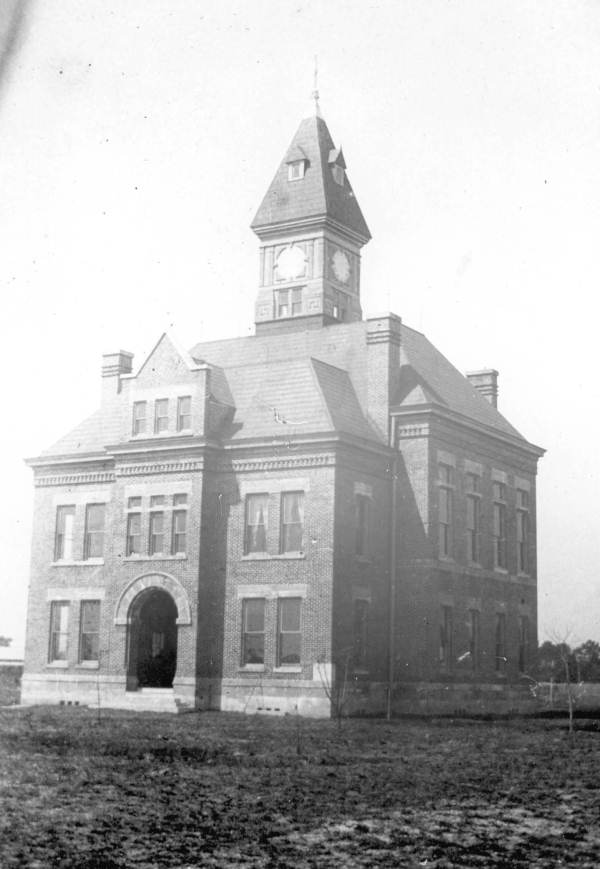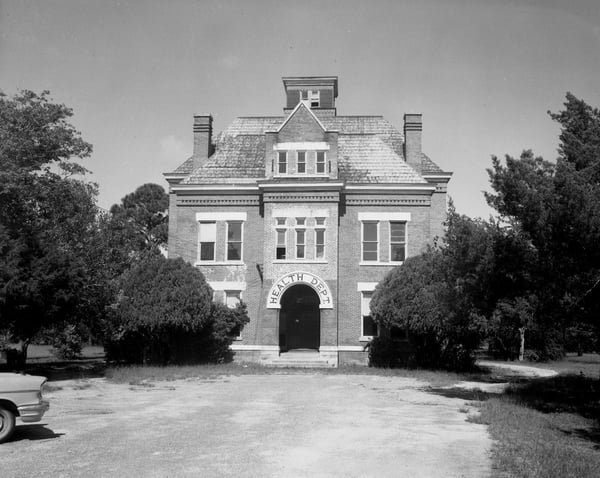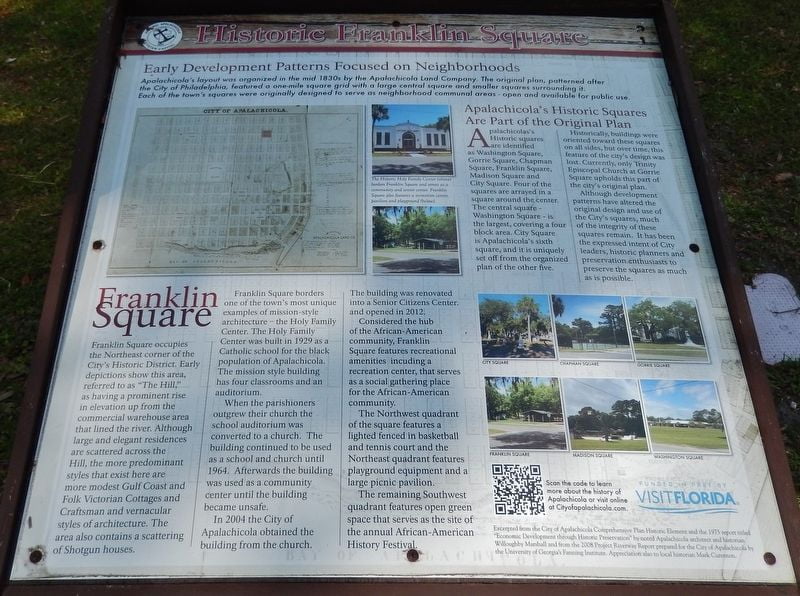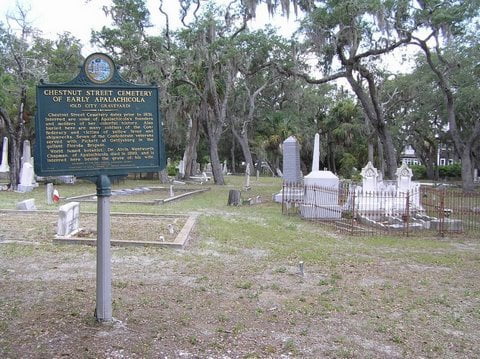City Squares of Historic Apalachicola, Florida: A Journey Through Time
By Forgotten Coast Web Team | February 14, 2023

Nestled along the panhandle of Florida, the city of Apalachicola boasts a rich history dating back to the 1830s. Once a bustling port and center of commerce, the city is now a picturesque treasure trove of historic buildings and city squares.
Apalachicola Historic District

Apalachicola Historic District is home to some of the most beautiful historic and still intact city squares in the United States. From the classic architecture to the vibrant street life, Apalachicola’s city squares are a perfect place to explore the city’s past and current culture. The town was organized in the 1830s by the Apalachicola Land Company. Historic Apalachicola follows the schematics of Spain’s 16th-century “Laws of the Indies” town plan. Each of the town’s squares was initially designed to serve as neighborhood communal areas – open and available for public use. This format followed the same principles of ancient Roman city planning. It was the most practical layout for new cities in the 18th century, as it brought order to the environment for urban planning.
This plan was also adopted and used in other well-known historic cities throughout the United States. A few of these cities are Tallahassee, St. Augustine, Savannah, New Orleans, and Philadelphia. These towns were all strategically developed in such a way that it maximized the functionality of the town. The squares were planned to be a central “plaza” for each neighborhood and where the essential buildings faced them.
Apalachicola has six city squares: Washington, City, Chapman, Gorrie, Franklin, and Madison.

*Notice the wooden “sidewalks”*
Apalachicola has six city squares: Washington, City, Chapman, Gorrie, Franklin, and Madison. Four of the squares are arrayed in a square around Washington Square (originally intended to be the city’s center). City Square is Apalachicola’s sixth square, and it is uniquely set off from the organized plan of the other five. The squares are home to many festivals and events throughout the year, making them the perfect place to explore the city’s culture.
Central Square
The central square – Washington Square – is the largest, covering a four-block area. Washington Square was the site of the county courthouse and jail in the 1800s. The original Franklin County Courthouse was built on the site in 1892. The imposing brick edifice served as the seat of county government until the county constructed a new courthouse at the foot of the Gorrie Bridge in 1940. After the new courthouse was erected, the original courthouse became the health department but was later demolished to construct Weems Memorial Hospital.



Franklin Square

Franklin Square is considered the hub of the African-American community. Franklin Square features recreational amenities, including a lighted fenced basketball and tennis court, a playground, a large picnic pavilion, and a recreation center that serves as a social gathering place. Early depictions show this area, referred to as “The Hill,” as having a prominent rise in elevation up from the commercial warehouse area that lined the river. Adjacent to, but not actually on the square, is the distinctive building known as The Holy Family Center, built in 1929 as a Catholic school for the black population of Apalachicola. The building continued to be used as a school and church until 1964. Today, the building is used as a Senior Citizen Center and is used to host many events. Every year in February, the H’COLA African-American History Festival takes place in this city square. This outdoor, family-oriented event celebrates local African-Americans’ life, heritage, music, and culture.
Gorrie Square

Gorrie Square is arguably the most popular of Apalachicola’s city squares. Located in the heart of downtown, this square is named after the inventor of the mechanical ice machine in 1850, which made possible the modern air conditioning we have today, Dr. John Gorrie. The square is lined with important buildings, including the John Gorrie Museum State Park, Trinity Episcopal Church, and several impressive contemporary homes. The “heart” of the square is the museum which contains a replica of Dr. Gorrie’s ice machine and a monument erected in his honor and is also his final resting place. Initially, this was “City Square,” it was re-named in the early 1900s.
Chapman Square

Chapman Square (originally Marshall Square) was renamed in honor of the noted botanist Dr. Alvan W. Chapman (1809-1899), a friend and colleague of Dr. John Gorrie. Dr. Chapman discovered many rare plants and trees in the region and published a book titled Flora and Fauna of the Southeast United States. This square hosts a community tennis court. The construction of streets in the 1920s divided 5 out of the 6 “squares” into “corners” due to roadways intersecting that run through the center. The corner lots are mostly still owned and maintained by the city of Apalachicola. Although not located in any of the noted squares, his home, which is now a museum (“Chapman House,” built in 1847) and The Chapman Botanical Garden in Apalachicola, are also named in his honor.
City Square

City Square (named initially White Square for US Supreme Court Justice John Marshall, who settled the ownership of the land in favor of represented Apalachicola Land Company) is the only square offset from the rest. The Square was renamed in the early 1900s – presumably about the same time the original City Square, located at the intersection of 6th and Avenue D, was renamed Gorrie Square in honor of Apalachicola physician Dr. John Gorrie. City Square is best known today for its connection to the historic Chestnut Street Cemetery, which borders the eastern quadrant and hosts a beautiful community garden.
Madison Square

Madison Square was previously the home of the city water tower. In recent years, it was decommissioned and taken down. You will now find the Justin Brice Griffin Memorial Skate Park at the corner of this square.
In conclusion, the city squares of Apalachicola are a testament to the city’s rich cultural heritage and a reminder of the city’s past. These squares offer a peaceful escape from the fast-paced city life and provide an inviting atmosphere for residents and visitors alike to relax, socialize, and explore the city’s history. So, if you’re ever in the area, check out the self-guided tours on the Forgotten Coast and experience the beauty of Historic Apalachicola City Squares.


